CES 2019: Liquid Cooled Power Supplies from FSP, up to 1200W
by Ian Cutress on January 9, 2019 10:00 AM EST- Posted in
- Cases/Cooling/PSUs
- 1200W
- FSP
- 850W
- Trade Shows
- Hydro PTM+
- CES 2019
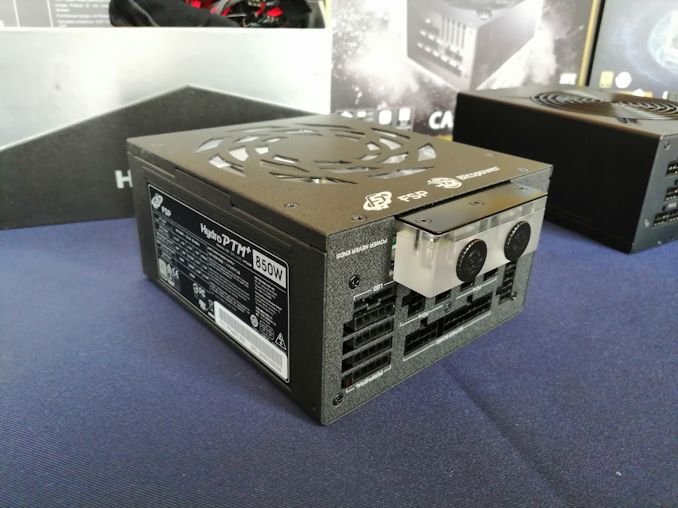
A few years ago I remember visiting a company at the Computex trade show that was showing off a prototype liquid cooled power supply. At the time I said that the concept was a bit extreme, and the pricing they were thinking of doing it at was immense. Fast forward a few years and a different company, this time FSP, is making the splash with the concept. The FSP Hydro PTM+ 1200W is a water cooled 1200W power supply that is already on the market, and the company was showing off its new 850W model.
In each instance, a water block is built into the power supply, with the water block coming from BitsPower. With the larger 1200W unit, users get treated to a metallic shipping container, special cabling for the PCIe and 24-pin/8-pin connectors, and some tubing with fittings already included. This obviously contributes to the $699 cost. By contrast, the 850W unit comes in a standard box and is more cost effective at $399. The 850W unit will be available from the end of Q1.
These units from FSP also have a fan for air cooling. The reasoning behind this, according to FSP, is in case the water cooling loop fails or isn't built correctly. The fan automatically comes on at 50% load anyway, for what it's worth. We were also told that the 1200W and 850W ratings are in air cooled mode - when the system is liquid cooled, the power supplies are rated to 1400W and 1000W respectively.
FSP recommends installing its liquid cooled power supplies at the top of the case, because if the loop leaks, it won't fall in and break the power supply. That's their general suggestion for any water cooling build.


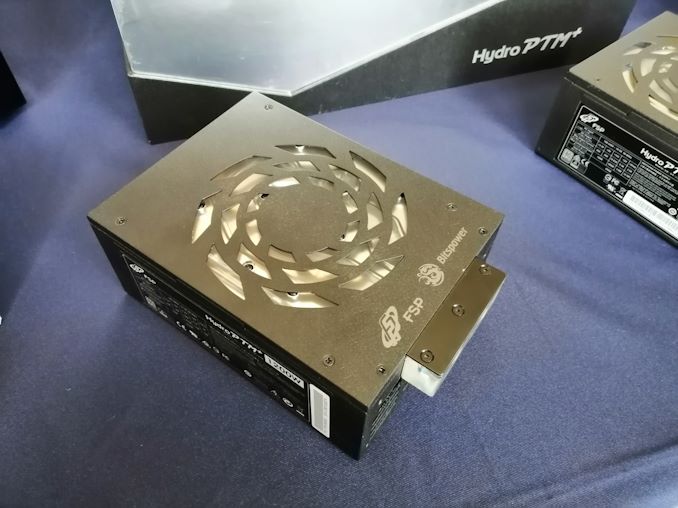
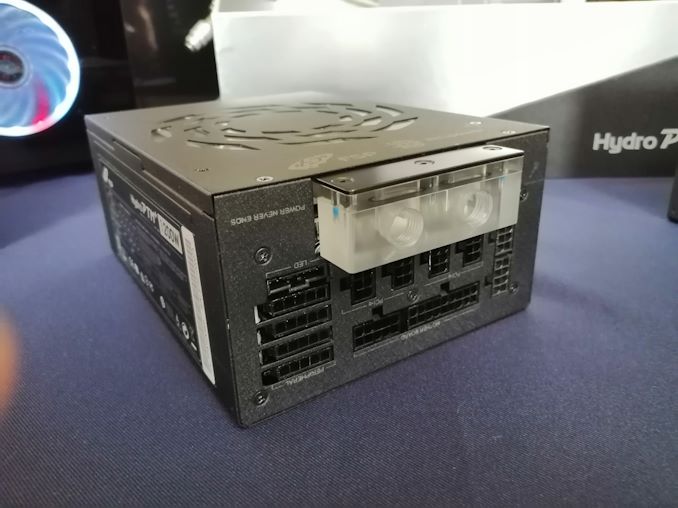
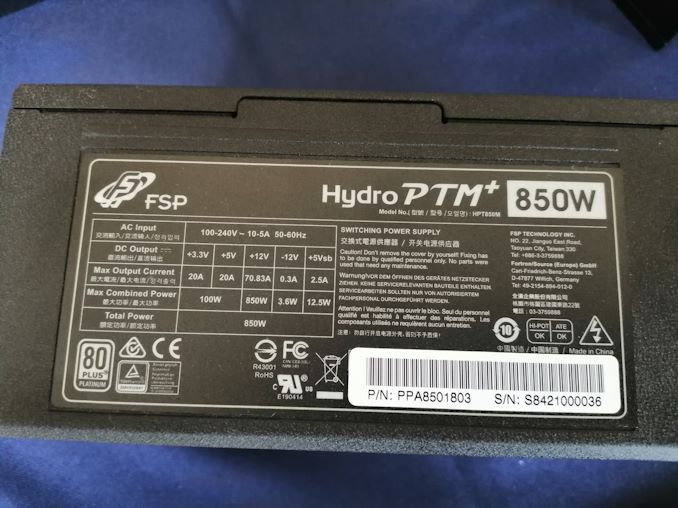
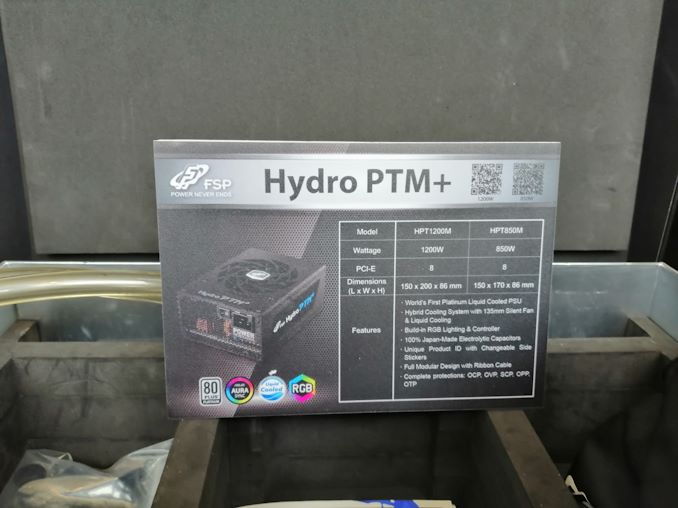








18 Comments
View All Comments
gmofftarki - Wednesday, January 9, 2019 - link
Unfortunately, many PSUs leave their fans off a lot of the time. If there was some decent way to, based on stimulus (sensor readings), open and close off the loop to the PSU (a pair of solenoids between PSU and the parts of the loops that actually require cooling), it might have a place in the market.As it is, the PSU will always be above fluid temp, and hence warm up your CPU and GPU unnecessarily, while not reducing noise levels or providing any real benefit to performance.
yashsani49563 - Thursday, January 10, 2019 - link
Thanks for sharing much appreciatededzieba - Thursday, January 10, 2019 - link
A shame these are still jumbo extended-length ATX supplies rather than using WC to shrink down to SFX.PeachNCream - Thursday, January 10, 2019 - link
That's the other problem with liquid cooling. While you can get more efficient transfer of heat, you still have to put a relatively large radiator, a bunch of low-flexibility hoses, a pump, and potentially some sort of reservoir somewhere so smaller form factor cases are usually not built with liquid cooling in mind. They remain the domain of mid+ tower, full ATX boxes that are something of a throwback form factor to the late 1990s. Compact systems and liquid cooling are like oil and water...pardon the pun.edzieba - Thursday, January 10, 2019 - link
Nonsense, it just requires more planning and not overbuilding (a reservoir for example exists purely for convenience, rather than function). Full CPU + GPU dual-rad loops have been built within the Ncase M1, a 12.6l ITX case.PeachNCream - Thursday, January 10, 2019 - link
I concede to your knowledge in the matter although I would add that 12.6l is on the larger end of ITX cases.